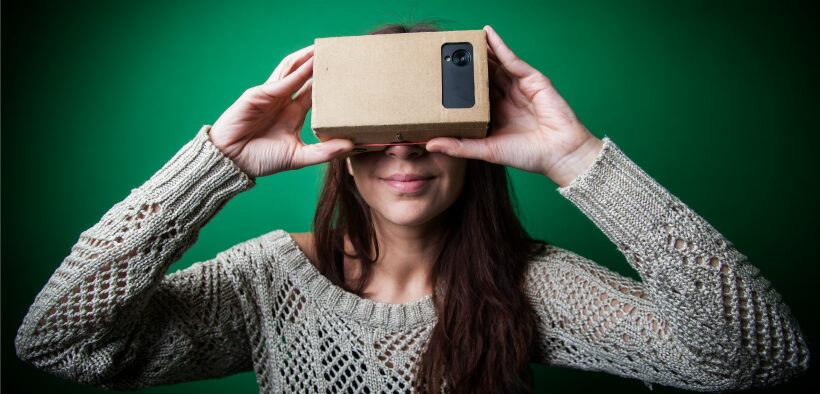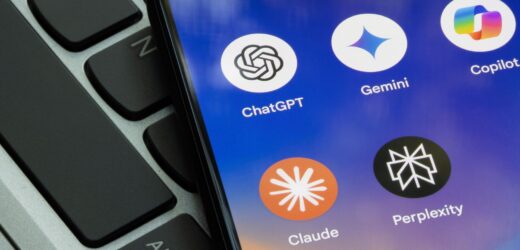Virtual reality (VR) has evolved from a technology of the future into a practical educational tool for students to interact with the world in ways previously not possible. Many K–12 and college courses use free, off-the-shelf VR apps, such as Google Expeditions and Google Earth to explore global landmarks, Lifeliqe to learn about human biology, and Tilt Brush to sketch or paint in three dimensions. Wearing a VR headset immerses the viewer into a world that they might never see in person, or an imaginary world that exists only virtually.
A Virtual Reality Project for Collaborative Global Learning

Related Articles
I have two loves: teaching and learning. Although I love them for different reasons, I’ve been passionate about...
I often wear sunglasses on my walk from my parking spot on campus to my office. I recently...
Students taking online classes represent a key part of the college-attending population. Demand for online classes and online...
As AI use continues to grow in the field of education, we are only beginning to discover potential...
Recently, a student sent me a political news article with the comment “Things are falling apart.” I didn’t...
You’ve prepared a fabulous, interactive class. You’ve designed engaging activities, developed meaningful discussion questions, and cultivated an inviting...
AI has become a part of nearly all facets of teaching, from lesson development to exam creation to...








